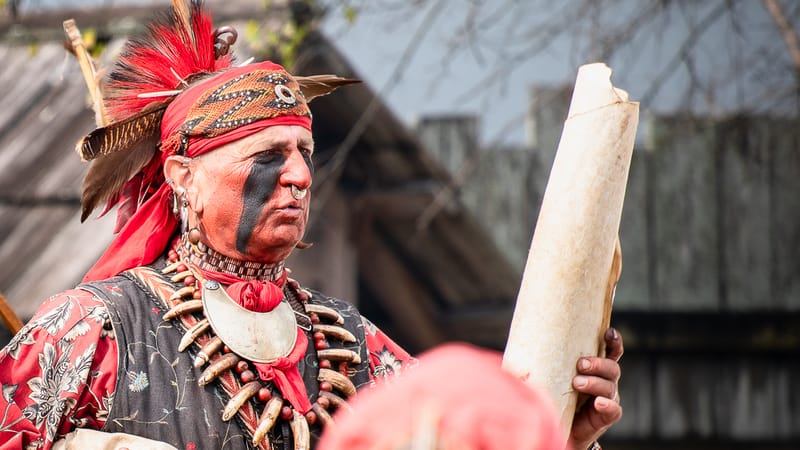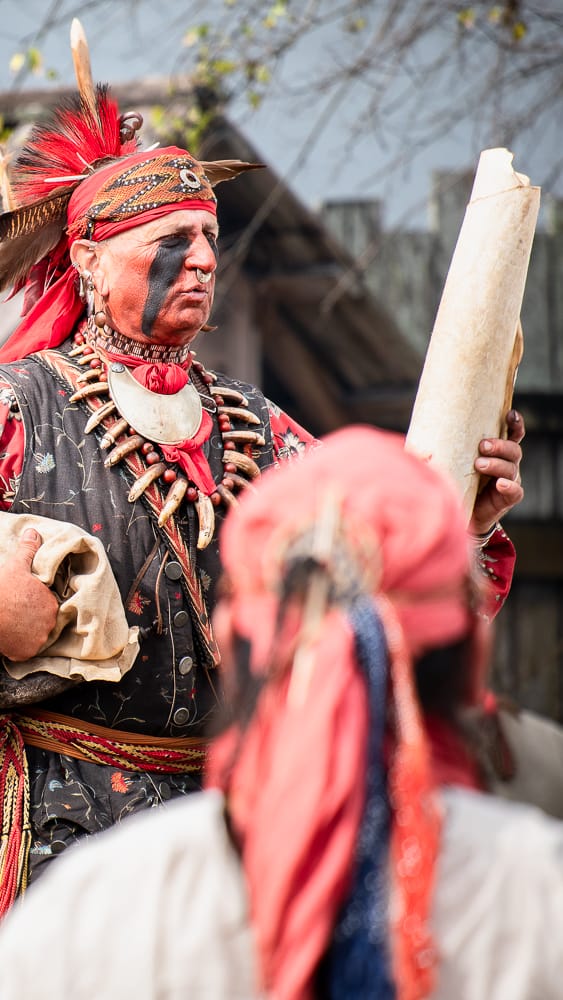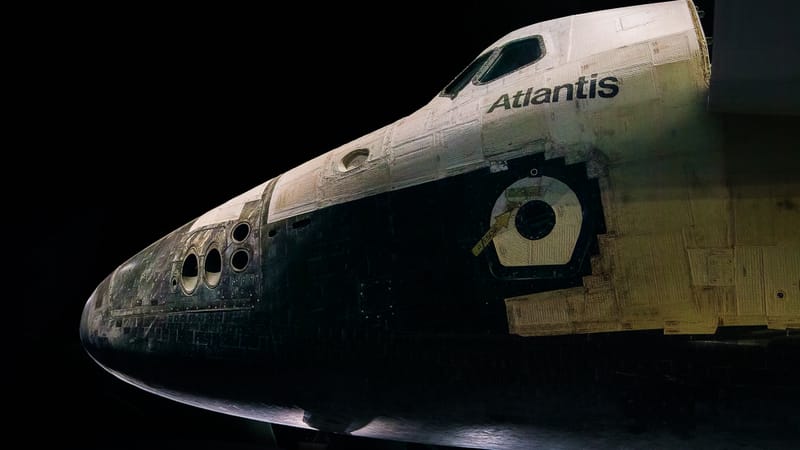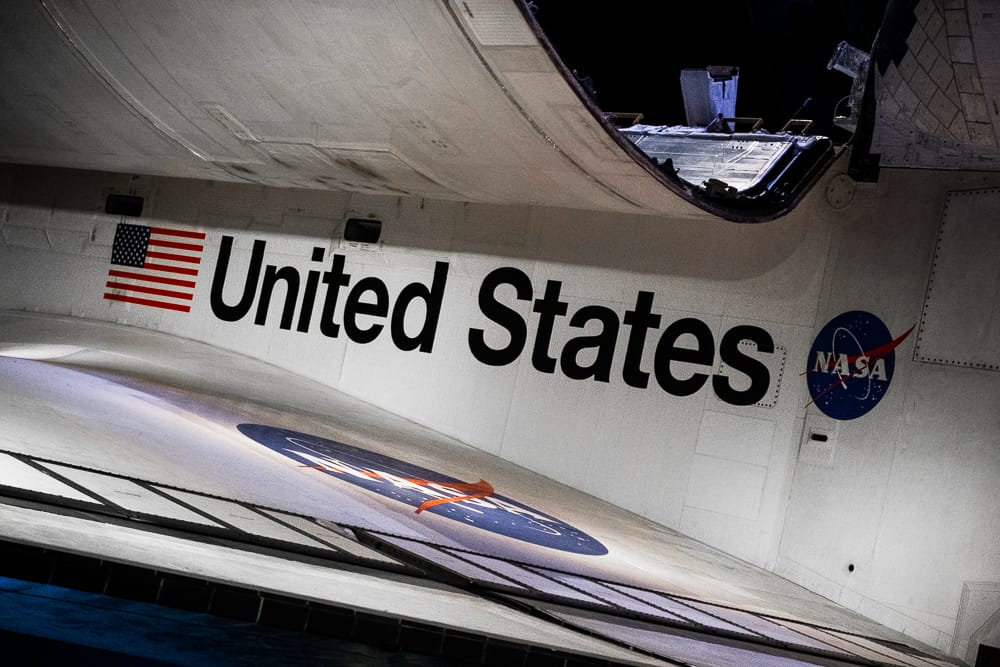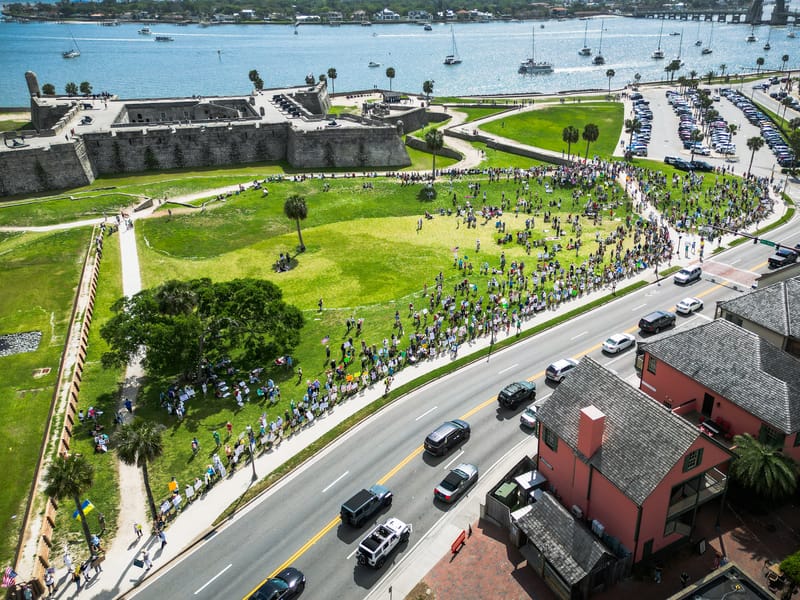
Apr 08 2025
HandsOff Protest: Saint Augustine, Florida
Hundreds gathered at the Castillo de San Marcos National Monument to protest the "Billionaire Takeover," addressing the Trump administration's policies that disproportionately favor wealthy individuals and specifically highlighting Elon Musk's role in government restructuring.
The "Hands Off!" protests, initiated on April 5, 2025, represented a significant nationwide mobilization against policies enacted by President Donald Trump and his administration. Organized by a coalition of over 150 groups, the movement drew millions of Americans across over 1,400 locations nationwide, spanning all 50 states.
Left's Arguments
- Mass Layoffs and Agency Closures: Under Musk's and the Department of Government Efficiency (DOGE), approximately 216,000 federal jobs were terminated across major departments. Raising concerns about the dismantling of essential public services. (Business Insider)
- Conflicts of Interest and Private Enterprises: House Democrats initiated an investigation into potential conflicts of interest involving Musk and NASA. Concerns centered on Musk's dual role within the federal government and his business ties through SpaceX, which secured over $15 billion in NASA funding. (Axios)
- Use of AI for Surveillance: DOGE employed AI to monitor federal agencies for sentiments perceived as hostile to the administration's policies. (Reuters)
Right's Arguments
- Efficiency and Cost Savings: Musk's initiatives aimed to eliminate wasteful government spending. DOGE claimed to have achieved significant budgetary savings by terminating over 16,000 grants and contracts (Business Insider)
- Government Modernization: The administration posited that restructuring efforts were designed to modernize government operations, making them more efficient and responsive. Musk emphasized the need to "weed out corruption" and implement systems to enforce accountability. (Dallas Weekly)
Assessment
While the administration's objectives centered on efficiency and modernization, the methods employed (large-scale layoffs, potential conflicts of interest, and surveillance practices) raised concerns about transparency, democratic integrity, and the equitable distribution of power.
The evidence suggests that the protesters' apprehensions regarding the consolidation of influence among wealthy individuals and the potential undermining of democratic institutions were well-founded.
Therefore, the arguments presented by the protesters appear to be more substantiated when considering the available data. (GeoPolicalEconomy, Brookings, FedScoop, Time, NPR, PBS)
